Tuesday, September 30, 2008
Cape Wind Draft EIS Excerpts
The
National Environmental Policy Act (NEPA), one of America's first
comprehensive environmental laws, requires federal agencies initiating
"major federal actions significantly affecting the human environment"
to first prepare an Environmental Impact Statement (EIS).
Although the statute does not require the agency to follow any
recommendations or mitigation measures included in an EIS, the
requirement has given strength to environmental causes by a)
establishing a public record of a project's potential environmental
impacts and b) providing a basis to slow or prevent a major federal
action if the EIS is ignored or insufficient.
In response to a permit application from Cape Wind Associates, the Army Corps of Engineers has prepared a draft EIS
for the proposed Cape Wind project off the coast of Massachusetts.
It's hundreds of pages long, and includes information on the
farm's potential impacts on everything from sediment to recreation to
shellfish and, of course, birds.
Reading
through the section on possible impacts to birdlife makes me feel very
happy that someone is putting so much thought into this. As I
have said on this blog before, the issue of birds and turbines is much
more complicated than many non-birders initially think it to be.
Potential threats vary from family to family or species to
species, depending on each of their individual behaviors. This
EIS does, I think, a great job of laying out what is different about
each group of birds and how an offshore wind farm may affect them.
Not everyone is happy with the bird-related content in the EIS. Susan Nickerson of the Alliance to Protect Nantucket Sound,
a group "discouraging the development" of Cape Wind, insists that the
Minerals Management Service should suspend its review of the project
based on the views of the US Fish & Wildlife Service's comment in
opposition to the project [I can't find the USFWS comment on the DEIS,
can someone help?]. Ms. Nickerson's piece, though impassioned,
does not indicate much actual consideration of the DEIS proposals.
This quote from her article:
At California’s Altamont Pass, thousands of birds are slaughtered by spinning wind turbine blades every year, despite efforts at adaptive management. If this technique does not work for land-based wind, how could it work for an offshore project like Cape Wind?clearly misses the fundamental point (as laid out in detail in Section 5.7.2.2.1 of the DEIS) that the comparative risk to birds from the Cape Wind project and the existing Altamont Pass site are very different.
Environmental Impact Statements are made to be
read. It is the public's duty to make sure that the agencies in
charge of these projects are taking everything into account, and a lot
can slip by if nothing's said. Below I'll reproduce the section
called Risk By Bird Group, but there are additional materials at
the pages of the Minerals Management Service and the Conservation Law Foundation.
Section 5.7 discusses the project's potential effects on "Avian
Resources," but birds are mentioned many other places. Below I've
reproduced (poorly) a portion of Section 5.6, Risk By Bird Group:
Labels: Army Corps of Engineers, birds, Cape Wind, Minerals Management Service, Offshore Wind, study
Comments:
Links to this post:
<< Home
I wonder if they're paying much attention to the new information out regarding wind turbines and bats:
http://www.sciencentral.com/video/2008/08/25/wind-turbines-causing-dark-nights-for-bats/
I just hope it isn't determined we should resort to those new 'auto-misters' for bug control! Ewwwww!
http://www.sciencentral.com/video/2008/08/25/wind-turbines-causing-dark-nights-for-bats/
I just hope it isn't determined we should resort to those new 'auto-misters' for bug control! Ewwwww!
Thanks for the link, Beverly. Just what happens in the wake of turbines
is still being looked at (check out this study from 2004 showing the
effect of a hypothetical gigantic wind farm on weather patterns:
http://www.agu.org/pubs/crossref/2004/2004JD004763.shtml).
One solution is to better design the turbines to reduce the turbidity and mixing of air after it hits the blades.
Another solution? Put the turbines in the ocean, where bats don't generally fly.
One solution is to better design the turbines to reduce the turbidity and mixing of air after it hits the blades.
Another solution? Put the turbines in the ocean, where bats don't generally fly.
Subscribe to Post Comments [Atom]
Links to this post:
Carnival of the Liberals #75
Carnival of the Liberals News & Announcements. Dear Liberal Carnivalers,. Well, given the recent news, it’s no surprise that the 75th edition of Carnival of the Liberals would be a bit of a downer. Don’t let that stop you from checking ...
Carnival of the Liberals News & Announcements. Dear Liberal Carnivalers,. Well, given the recent news, it’s no surprise that the 75th edition of Carnival of the Liberals would be a bit of a downer. Don’t let that stop you from checking ...
Wind Farms and Open-Country Birds
According to a British study, wind farms do not pose a serious risk for open-country passerines. "The message on farmland specifically is that, so far, the evidence we have gathered shows that there is little effect on farmland birds," ...
According to a British study, wind farms do not pose a serious risk for open-country passerines. "The message on farmland specifically is that, so far, the evidence we have gathered shows that there is little effect on farmland birds," ...
<< Home
Subscribe to Posts [Atom]
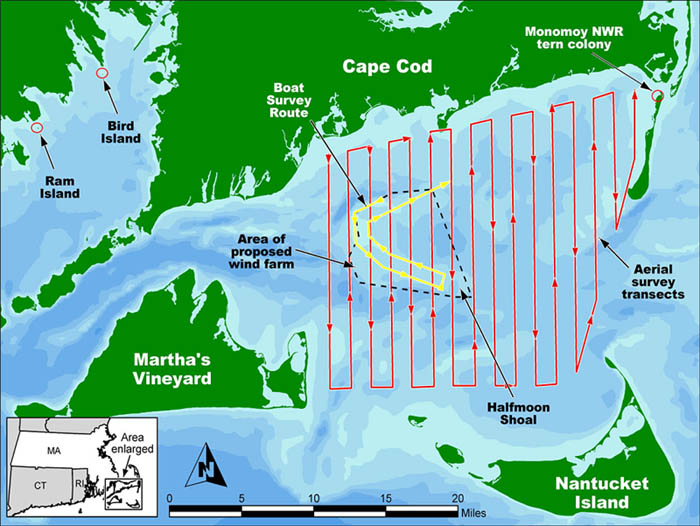

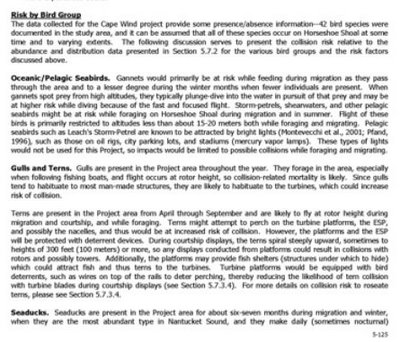
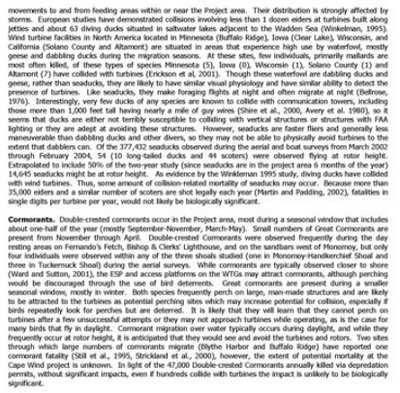
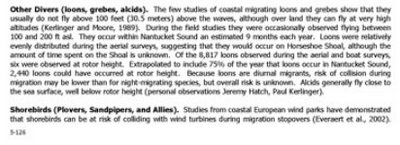
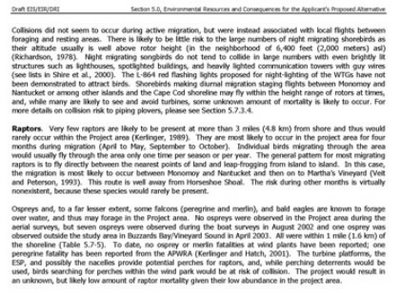
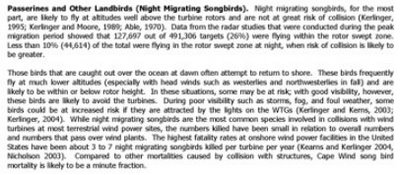



Post a Comment